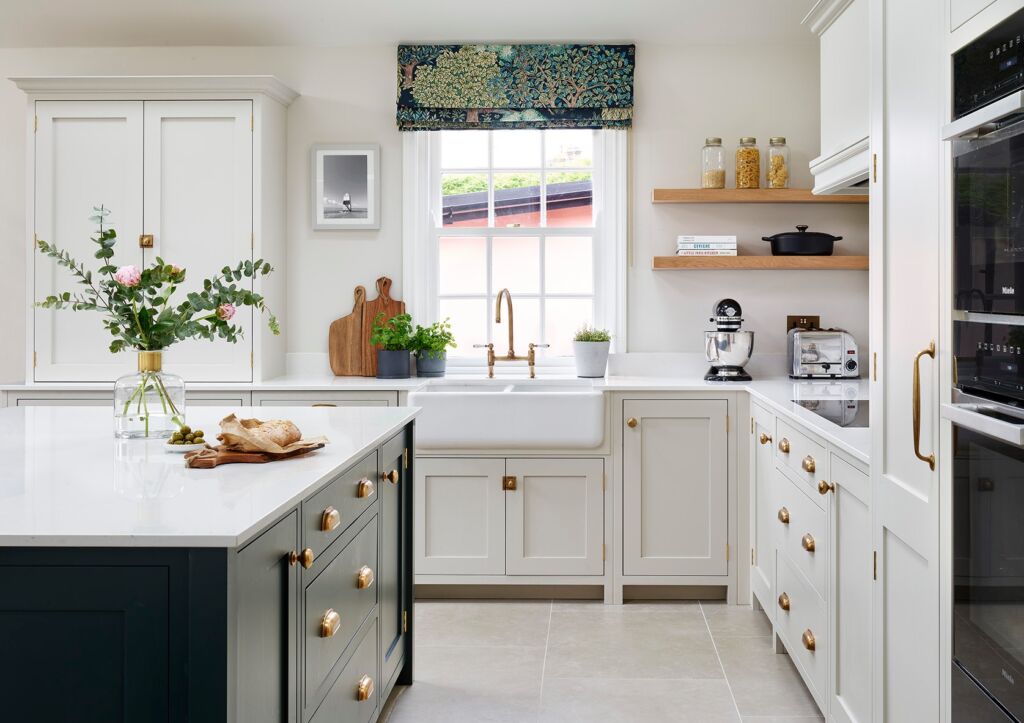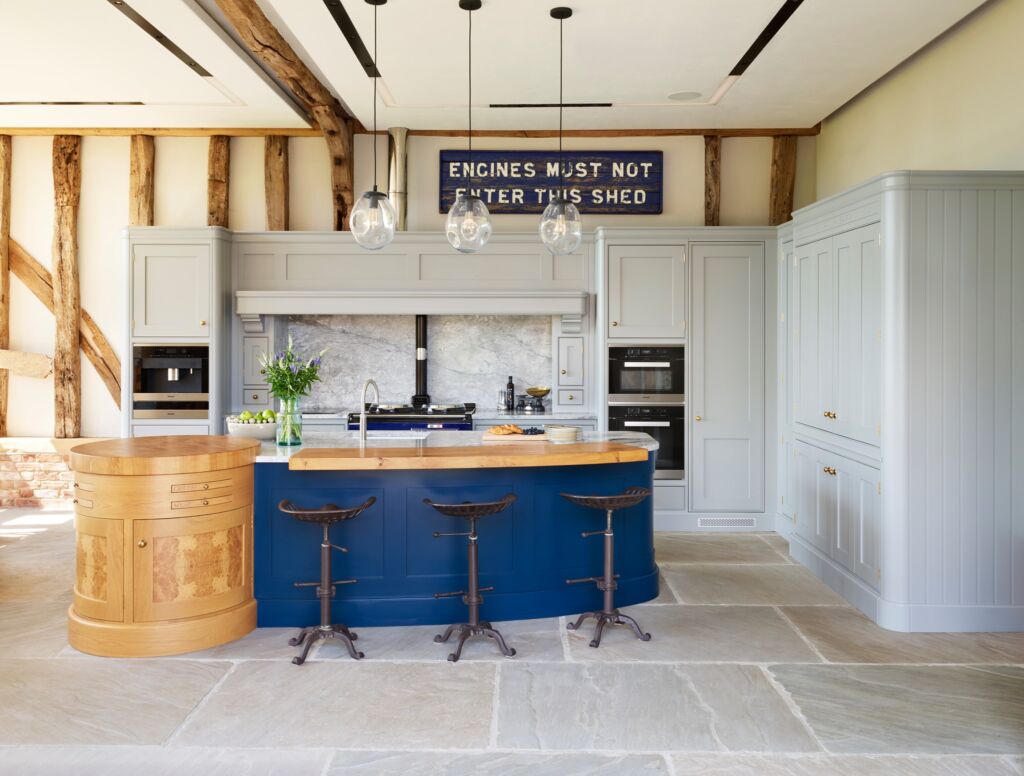

Planning a bespoke kitchen is not as simple as some people think it is. There is a wide variety of things that need considering, and it’s not just where to put the cabinets. For this guide, Richard Davonport explains the seven most common mistakes made when designing a new kitchen.
The kitchen is undoubtedly one of the most important rooms in the house. In the past, they were small rooms primarily dedicated to cooking etc. However, in recent times they’ve become the heart of the home, with many now designed with an open plan, bringing families closer together.
Bespoke kitchen design requires a considerable amount of skill and experience as, without this, mistakes can be made. In guides such as this, we need to turn to the experts and, fortunately, the managing director of Davonport kitchens is on hand to help avoid what could be very costly mistakes.


Lacking a focal point
When designing a bespoke kitchen, one element that can often be overlooked is the importance of including a focal point. In larger rooms, this could be something such as a mantel, statement island or even freestanding drinks cabinet or larder. However, in smaller kitchens, it can be as simple as a splashback, a patterned work surface, or the cabinetry colour.
Cutlery drawer placement
A common mistake is to store cooking utensils and knives with table cutlery. By separating the two, you can position the cutlery nearer to the dining area and out of the way of the cooking area, leaving space for the chef to work their magic.
Allow space for more than one
Kitchen islands have become a must-have for many homeowners; however, the practicality of the space around it can be overlooked when designing an island. Leading kitchen designers such as Davonport design islands with no less than 900mm distance to the adjacent wall, cabinetry or furniture. This allows enough space for two people to pass but means cupboards, pantries, and fridges are still in easy reach.
Additionally, it’s worth considering the depth and length of the unit. If the island is too large, it will make cleaning the middle a much harder task.
Cupboard, cupboard on the wall
It’s important to consider the height of wall cabinetry, not purely from the perspective of maximising storage but also from the point of view of the room’s proportions.
Standard height cupboards may be dwarfed in a room with a vaulted ceiling, and conversely, tall wall cupboards can dominate in a cottage kitchen with lower ceiling height.
A bespoke kitchen means that wall cabinetry can be planned to be in proportion with the room and, when painted, can almost disappear into the fabric of the home if that is the chosen aesthetic. Similarly, if there is sufficient floor space, a kitchen designer may suggest excluding wall cabinetry altogether.
Style over lifestyle
It is easy to design your bespoke kitchen around an Instagram or Pinterest post, but will the colours, textures, materials and layout be practical for the way you live and accommodate the needs of your family, as well as harmonising with the rest of the home?
With the opportunity to plan a dream kitchen from scratch, it is easy to be tempted by the latest trends and styles but go too far down this route, and you might regret it when home fashions change.
If you’re keen to have some very on-trend items, consider freestanding items or accessories. Failing that, speak to your designer about selecting materials and products that can be easily updated should you fancy a change.
It’s what’s inside that counts
Right at the start of your journey, it’s important to consider your specific storage needs to ensure the new bespoke kitchen can accommodate the household’s often-sizeable collection of crockery, tableware and cookware.
For example, if you’re a budding mixologist and have a prolific collection of glassware, it’s important that shelves are designed at appropriate sizes. Similarly, if you are a great baker, you might want to plan extensive, easy-access storage for a mixer and similar kitchen equipment. For heavy enamel cookware and saucepans, you will need drawers or shelves that can bear their weight. Don’t just plan ‘cupboards’; plan ‘cupboards with a purpose’.
Overusing solid cabinetry
Too much full-height solid cabinetry can make a room feel cramped and dark and even have the claustrophobic effect of reducing the size of the room. It’s still possible to incorporate the full length of a wall into cabinetry design, but by using varied design details, such as open shelving, reflective glazed doors and countertop style cupboards, the visual effect is softened and less utilitarian.
Richard Davonport says, “Designing the perfect bespoke kitchen is so much more than simply creating a beautiful space; it needs to be able to meet the demands of busy family life and be as practical as it is pretty. Finding the right balance between form and functionality is ultimately a personal decision.”
He continued: “It’s vital to ensure no stone is left unturned and all possibilities are considered when designing a bespoke kitchen. A great kitchen designer will not only be able to steer you away from making common mistakes but should also really understand your family dynamics and lifestyle too.”
For ideas, colour schemes and more information on creating a bespoke kitchen, please visit www.davonport.com.
Read more design-focused articles, guides and features here.
